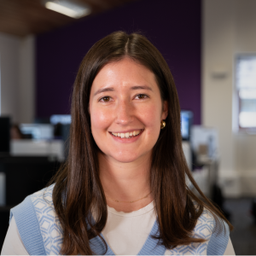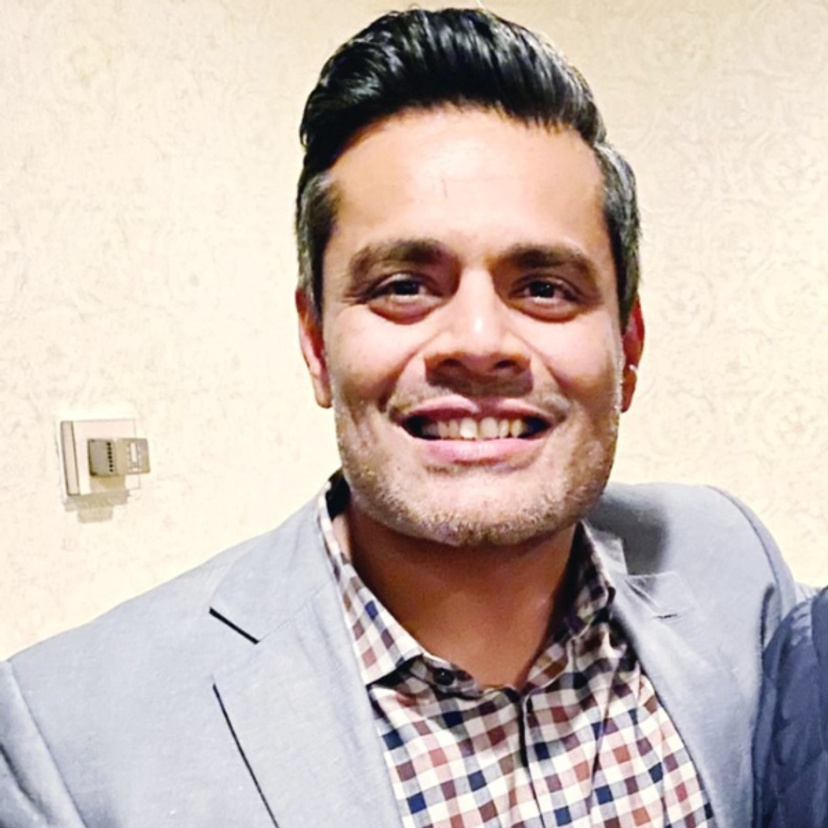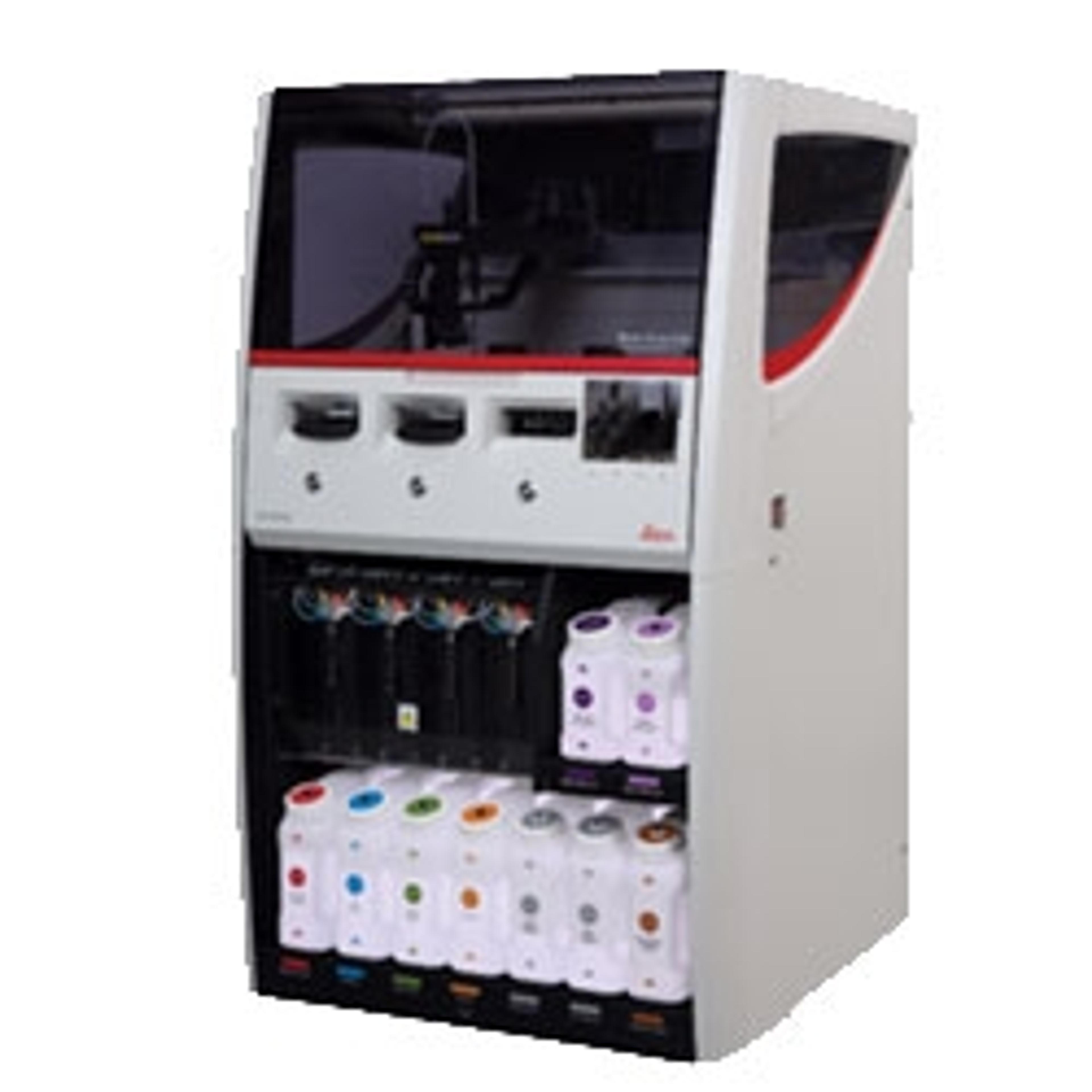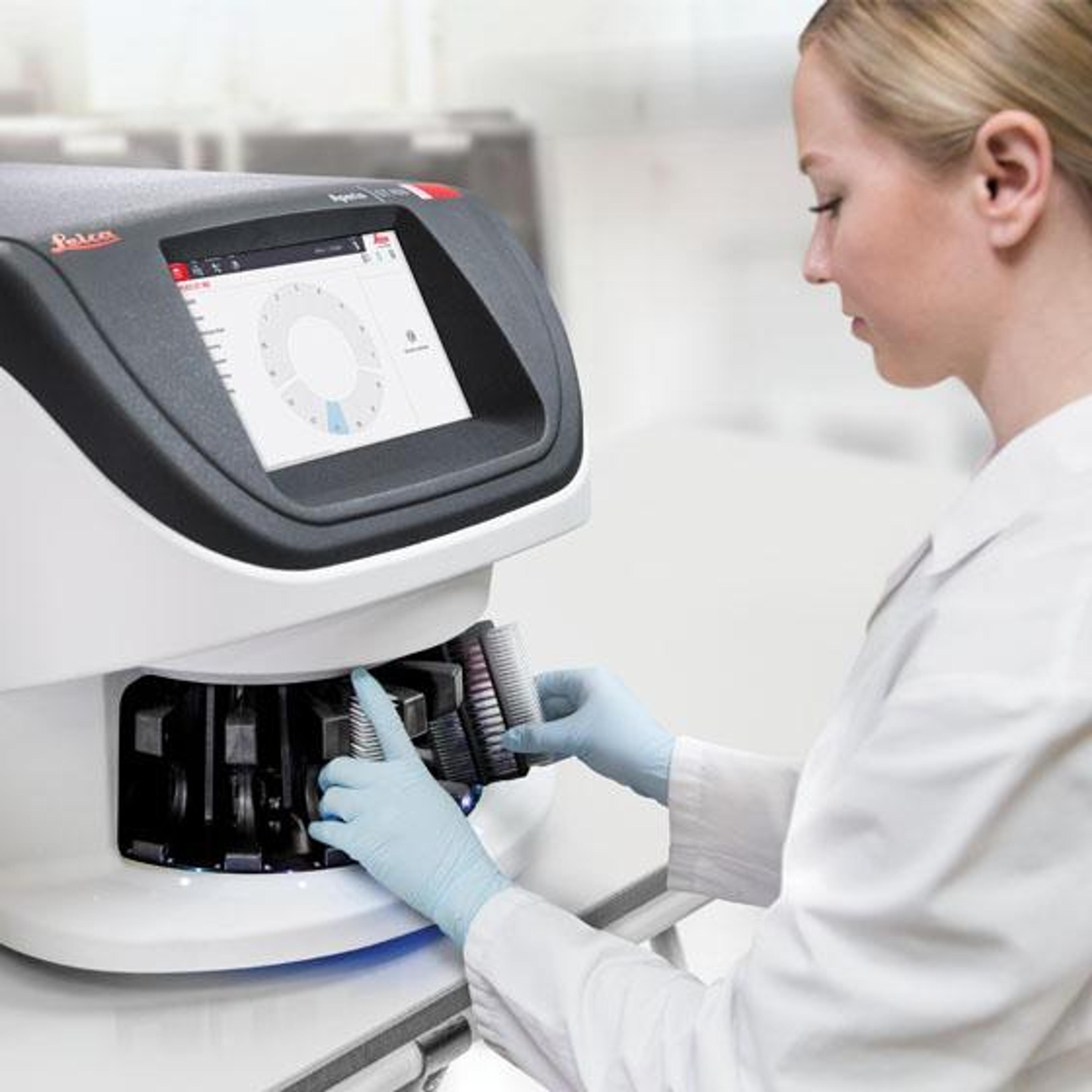Shifting towards scalable cancer diagnostics with AI enabled companion diagnostic solutions
SVP Karan Arora shares how advanced assays, AI, and pharma partnerships are shaping the future of targeted oncology care
14 Oct 2025

Senior Vice President of Advanced Assays, Karan Arora, Leica Biosystems
As personalized medicine reshapes oncology, companion diagnostics (CDx) have become essential to matching patients with targeted therapies. Yet delivering CDx at scale remains a challenge for clinical and pharma teams alike. In an exclusive CLINICAL24 interview with Leica Biosystems' Senior Vice President of Advanced Assays, Karan Arora, we learn how Leica Biosystems is tackling this head-on, driven by a vision to make precision diagnostics more accessible, efficient, and globally deployable.
Please briefly introduce yourself and Leica Biosystems’ mission in the field of precision medicine
KA: I'm Karan Arora, SVP of Advanced Assays, AI and Pharma Services at Leica Biosystems. As a cancer diagnostics company and leader in anatomic and digital pathology solutions, we aim to advance precision medicine by delivering high-quality pathology solutions that enable confident, timely, and personalized treatment decisions. By empowering pharma partners with tools that accelerate biomarker development, our mission is to advance cancer diagnostics and therapies, and ultimately improve patient lives.
What are some of the key challenges preventing precision medicine from realizing its full potential in your view?
KA: The promise of at-scale precision medicine remains constrained by late-stage collaboration between pharma and diagnostics, creating misaligned development timelines. Regulatory complexity and fragmented data ecosystems further slow integration of companion diagnostics. Limited infrastructure and unclear reimbursement models reduce adoption and investment incentives. Overcoming these barriers requires early, strategic partnerships to unlock the full potential of precision medicine.
What is Leica Biosystems working on as a solution to these challenges?
KA: We’re creating integrated companion diagnostic solutions, expanding digital pathology adoption, and partnering with pharma to streamline biomarker development and accelerate clinical trial readiness. We’re building the future of CDx by unifying AI, automation, and assay expertise within a globally scalable platform — supported by privileged access to 11,000+ antibodies, 8,000+ IHC instruments, and 3,000+ digital scanners across 109 countries.
Are you currently collaborating with any pharmaceutical companies in the development of precision medicines? If so, could you share any key takeaways from those partnerships?
KA: Yes, we’re proud of our global collaborations in progress with leading pharma companies. What we’re seeing, and what a growing body of evidence supports, is that early integration of pathology and diagnostics expertise accelerates timelines, reduces regulatory risk, and streamlines biomarker development — helping drive adoption, scale and bring targeted therapies to patients faster.
Looking ahead to the next 5–10 years in this field, what are the major changes you think need to happen to improve pharmaceutical manufacturing productivity, and bring therapies to market more quickly?
KA: To speed therapies to market, pharma must digitize and automate manufacturing with continuous processes, digital twins, and real-time release. Standardized digital CMC (chemistry, manufacturing, controls) data and component equivalency frameworks will streamline tech transfer and regulatory filings. Early diagnostic integration — through CDx design, digital pathology, and AI biomarkers — will de-risk trials and align launches. Finally, shared operating models and playbooks across sites and partners (Pharma+Dx) will accelerate scale-up and evidence generation.


